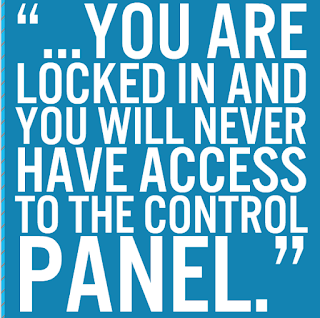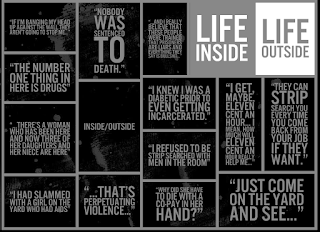This report by the Human Rights Watch showcases through empirical analysis and individual testimony how existing discriminatory legislation in seven Eastern Caribbean countries negatively impacts LBGTQ populations. The current legislation brings an elevated risk of discrimination, violence and abuse to those identifying as homosexual, bisexual, transgender, etc. Antigua and Barbuda, Barbados, Dominica, Grenada, St. Kitts and Nevis, St. Lucia, and St. Vincent and the Grenadines all possess versions of 'buggery' and 'gross indecency laws', echoes of British colonialism, that prohibit same-sex conduct between consenting persons. Within the report are outlined accounts of LGBTQ individuals who have had their lives radically altered by the revelation, or otherwise by secrecy of their sexual orientation. Because church and community are key components to social life in the Eastern Caribbean, news travels quickly and fear of being stigmatized, ostracized, or even physically a...



